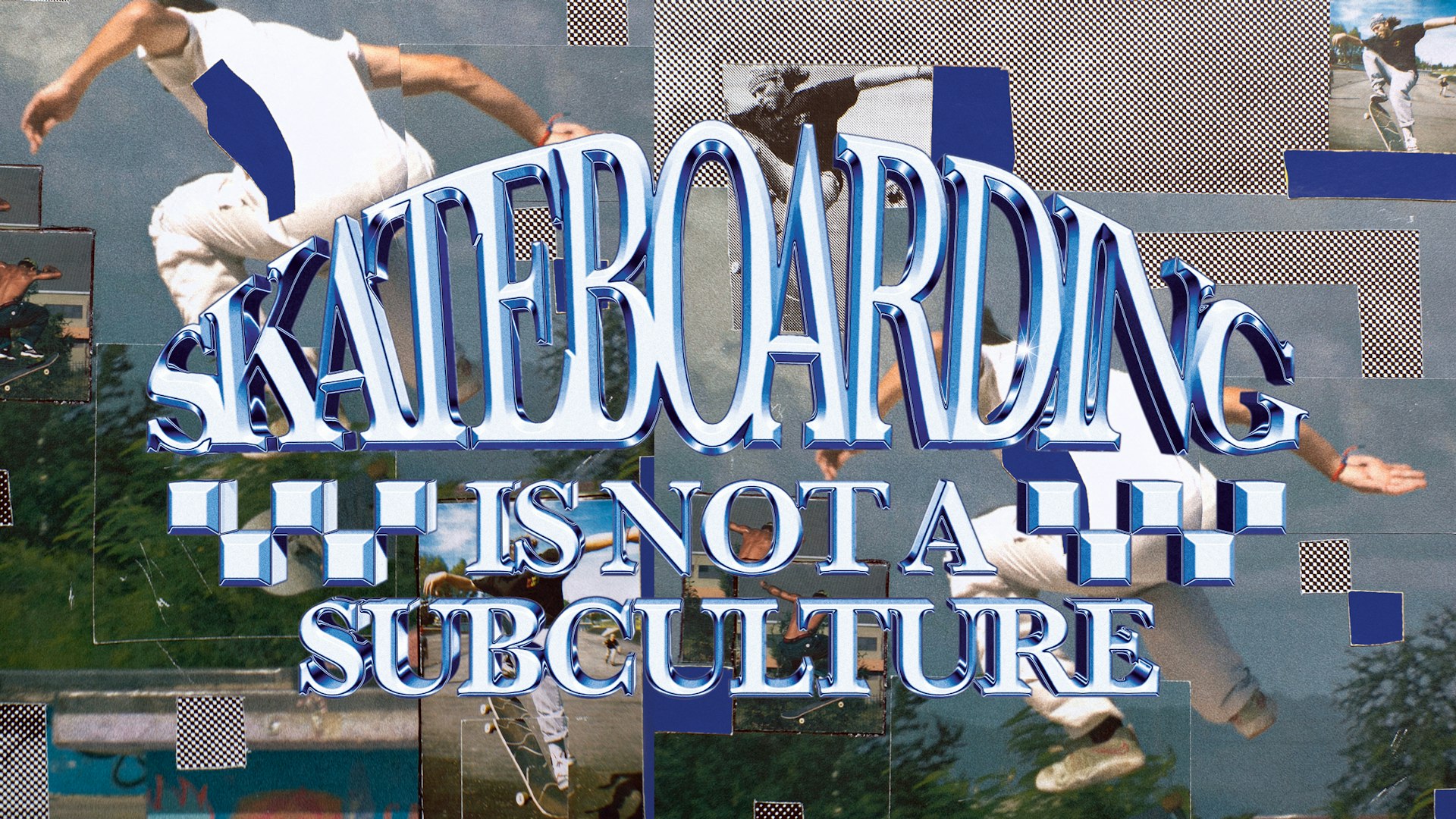Adventures with the world’s oldest off-road cycling club
- Text by Niall Flynn
- Photography by Bob Harrison, courtesy of RSF and Isola Press

In 1955, a crowd of about 40 people packed themselves into the confines of The Black Swan, a cosy pub situated in the quaint market town of Leominster, Herefordshire. Led by a man named Bill Paul, this gathering marked the inaugural meeting of a new cycling club: the Rough-Stuff Fellowship.
A ragtag bunch of hardened riders who’d responded to adverts placed in newspapers and cycling magazines, they had little interest in replicating the road-racing feats of Tour de France icons. They preferred a far less beaten track – one where no ascent was too steep, no mud too thick, no destination too distant.
 Today the Rough-Stuff Fellowship count themselves as the world’s oldest off-road cycling club. Comprising around 600 members, the underlying commitment is to explore every corner of the British countryside and beyond – pushing the boundaries of just how off-road you can go on two wheels. To most, what Rough-Stuff do would be gruelling. But for them, there’s a certain quality of pleasure to be gained from pain.
Today the Rough-Stuff Fellowship count themselves as the world’s oldest off-road cycling club. Comprising around 600 members, the underlying commitment is to explore every corner of the British countryside and beyond – pushing the boundaries of just how off-road you can go on two wheels. To most, what Rough-Stuff do would be gruelling. But for them, there’s a certain quality of pleasure to be gained from pain.
“There is a sense of humour to it, isn’t there?” says Mark Hudson, the club’s recently appointed archivist. “I think that’s what people today have latched onto – that contrast between the toughness and the humour. It’s very British.”


Since taking on the role last year, Mark – a cyclist since he was old enough to ride – has been building a vast archive of photos and paraphernalia that illuminates the Rough-Stuff legacy. “As far as I’m concerned, the archive can go up to yesterday,” he says. “If it’s a good image or it’s significant, then it’s worthy of going in.”
The bulk of the collection, however, covers the club’s early days until the 1970s. Those images – shared on Instagram @rsfarchive, as well as in a forthcoming book – see members of all ages pitting themselves and their bikes against the natural world with a smile on their face. There are grazed knees, bent wheels and battered old shoes, as well as plenty of scheduled tea and smoke breaks. “For early members, this was a true way of life. This wasn’t just a club, it was what they did.”

 The club’s achievements include undertaking the first bicycle crossing of Iceland’s mountainous interior in 1958, enduring a mostly un-cyclable 28-mile route across the Scottish Highlands (the equivalent of “picking your bike up at Gatwick Airport and carrying it to Brighton”) and being the first people to cycle to Everest Base Camp. “The essence,” he says, “is that you can take your bike wherever you want to take it.”
The club’s achievements include undertaking the first bicycle crossing of Iceland’s mountainous interior in 1958, enduring a mostly un-cyclable 28-mile route across the Scottish Highlands (the equivalent of “picking your bike up at Gatwick Airport and carrying it to Brighton”) and being the first people to cycle to Everest Base Camp. “The essence,” he says, “is that you can take your bike wherever you want to take it.”
But whether they were making history on the other side of the world or simply pitting themselves against a sharp incline on a drizzly English afternoon, the underlying challenge was to have as much fun as possible. “They don’t need an audience; there’s no one on the side of the road cheering,” says Mark. “Rough-Stuff is about a pioneering spirit – just wanting to see what’s over the hills.”




 The Rough-Stuff Fellowship Archives is published by Isola Press in June.
The Rough-Stuff Fellowship Archives is published by Isola Press in June.
This article appears in Huck: The Hedonism Issue. To see it in all its printed glory, order a copy in the Huck shop or subscribe to make sure you never miss another issue.
Enjoyed this article? Like Huck on Facebook or follow us on Twitter.
Latest on Huck

“I refuse to accept child poverty is a normal part of our society”: Apsana Begum MP on voting to scrap the cap
After seeking to “enhance” the King’s Speech by voting for the scrapping of the controversial two child benefit cap, the MP for Poplar and Limehouse lost the Labour Whip.
Written by: Apsana Begum

Is skateboarding really a subculture anymore?
With skate’s inclusion in the Olympics, Kyle Beachy asks what it means for the culture around the sport, and whether it’s possible to institutionalise an artform.
Written by: Kyle Beachy

Autism cannot be cured — stop trying
A questionable study into the ‘reversal’ of autism does nothing but reinforce damaging stereotypes and harm, argues autistic author Jodie Hare.
Written by: Jodie Hare

Bristol Photo Festival returns for second edition
After the success of it’s inaugural run, the festival returns this autumn with exhibitions, education and community programmes exploring a world in constant motion through still image.
Written by: Ben Smoke

Documenting the life of a New York gang leader paralysed by gun violence
New photobook ‘Say Less’ is a complex yet humanising look into a life wrecked by gun violence and organised crime.
Written by: Isaac Muk

The woman who defined 80s Hip Hop photography
A new exhibition brings together Janette Beckman’s visionary and boundary pushing images of an era of cultural change and moral panic.
Written by: Miss Rosen